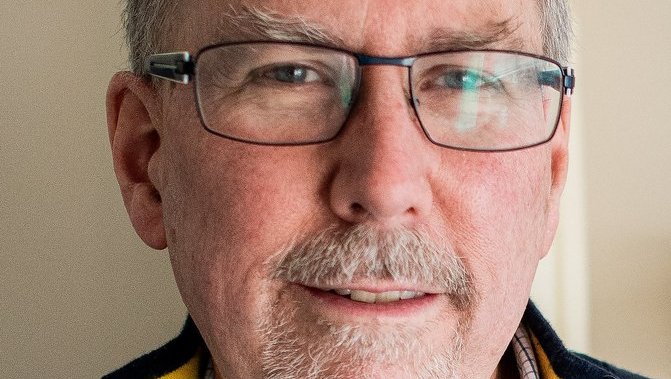Researchers say experimental gene therapy for rare hereditary disorders saves about the same amount of money for treating five patients as much as the study itself costs.
An early-stage study published last year found that three men who are being treated for Fabry's disease can stop using enzyme replacement therapy after starting a “one-time” gene therapy.
Halifax co-author and kidney expert Dr. Michael West said his overall savings were $3.7 million and so far the cost of research was about $4 million, which was primarily provided by Canadian Health Institutes.
Fabry disease is a rare disorder that leaves the body unable to produce the correct version of enzymes that break down fatty substances, causing major damage to important organs and shortening of lifespans. Some people suffer from a variety of symptoms, including hand and foot pain, intestinal problems, and chronic fatigue.
Gene therapy uses stem cells collected from the patient's bone marrow to provide replacement copies of the failed gene.
The researchers wrote in the Journal of Clinical and Translational Medicine last year that one man with advanced kidney disease saw his condition stable, and researchers found no man had any major events, such as a heart attack or kidney failure that Fabry caused over the past five years, West said.
More Video Details
“These patients still produce more enzymes they need than before gene therapy,” said the 72-year-old doctor who works at Queen Elizabeth II's Health Science Center in Halifax and a professor at Dalhousie University.

Get weekly health news
Receive the latest medical news and health information provided every Sunday.
West said other cases of gene therapy include cases of severe side effects from the surgical procedure, including the development of various forms of cancer. However, West said that since the man received Fabry gene therapy between 2016 and 2018, there have only been two cases of side effects, but neither are direct results of the treatment itself.
Rather, in some cases, chemotherapeutic drugs used to “create space” in the bone marrow for the implantation of modified cells reduced the white blood cell count in men. He was treated with antibiotics for a potential infection and recovered, West said.
In the second case, the man developed a major bruise on his leg. This is what researchers believe is a possible side effect of chemotherapeutic drugs.
West said the study would need to go to large-scale research before it becomes a traditional treatment, but he believes it is worth pursuing some of the costs and “paying on patients” of existing treatments.
Experts said traditional enzyme replacement therapy occurs every two weeks, with about two hours required for each treatment.
Trend now

Canadian tourists in Nova Scotia died at Dominican Republic beach

Service has returned to “normal” after bomb threat at Canadian airports
Of the approximately 540 people in Canada, researchers say about 100 are in Nova Scotia.
The first person with genetic mutations is thought to be able to trace back to a French woman who emigrated to Lunenburg, North Carolina during the colonial period, whose birth child carried the wrong genes throughout 18 generations.
“We have a few cases in Ontario right now. There are a few cases in British Columbia. There are a few in the UK and there are a few in Florida, but they all come from here and share the same mutations,” West said.
West said the ultimate cost of per-patient gene therapy has not yet been determined.
However, he said one option for hereditary genetic diseases, where there is a relatively small group of patients, is for government research institutions to develop and own treatments themselves, and then earn fees to provide treatments to other national health systems.
West recognized the small sample size and said the goal was to create a similar study with 25-30 patients, including women, over two to three years.
In an email Friday, Nova Scotia Health's senior research director said the project is offering new hope for Fabry people as they replace lifelong treatment with “potential treatment solutions.”
“This impact can be deep and deep personal and economically deep, saving lives, improving quality of life and saving millions of people in healthcare. This is a perfect example of the importance of research,” writes Dr. Ashley Hirchie.
The report, which was first published on July 4, 2025, by Canadian report.
& Copy 2025 Canada Report

